Produced on the occasion of the exhibition at Le Centre D’art Contemporain, Cluny 5 July–28 September, 2003. With texts by Vincent Pécoil and Xavier Douroux.
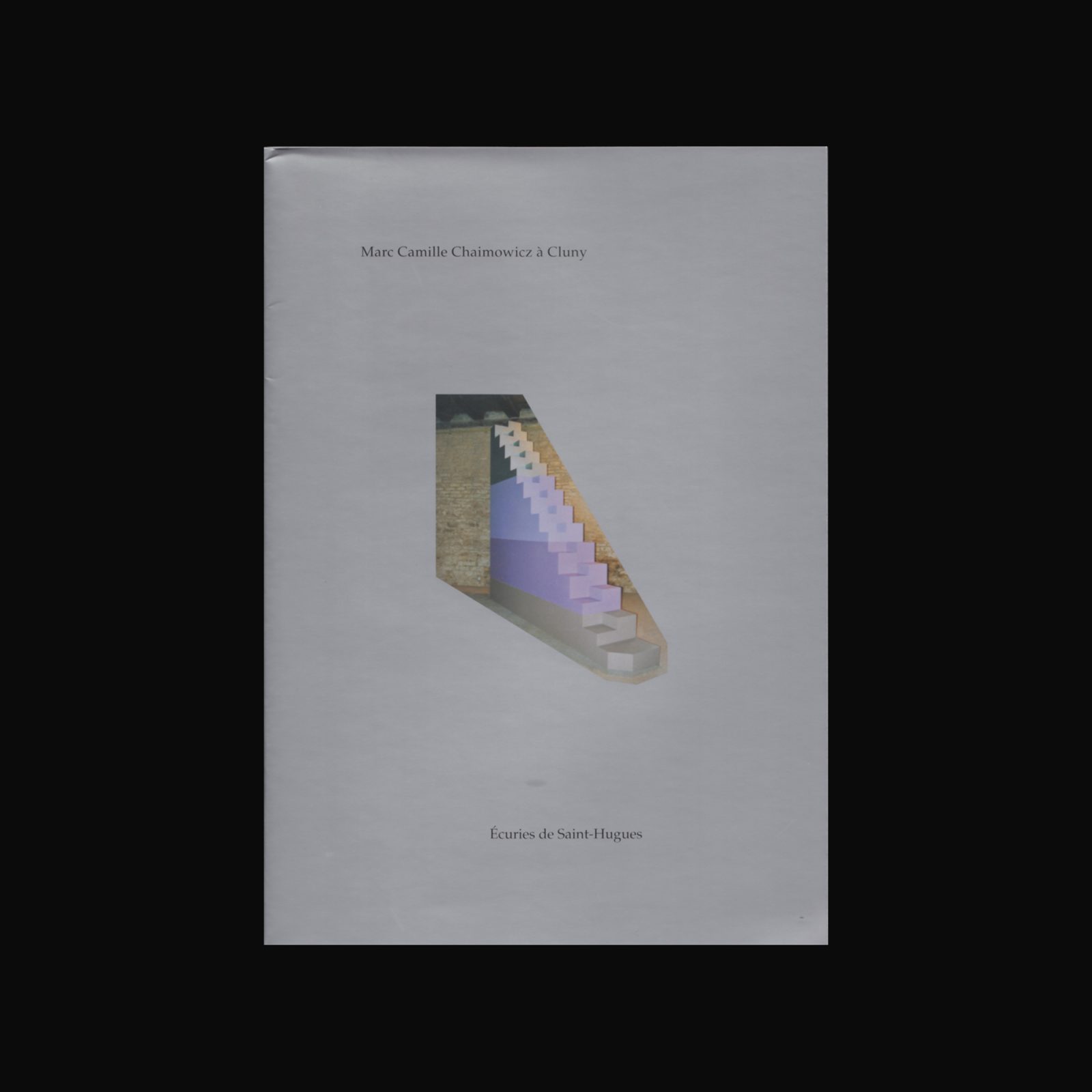
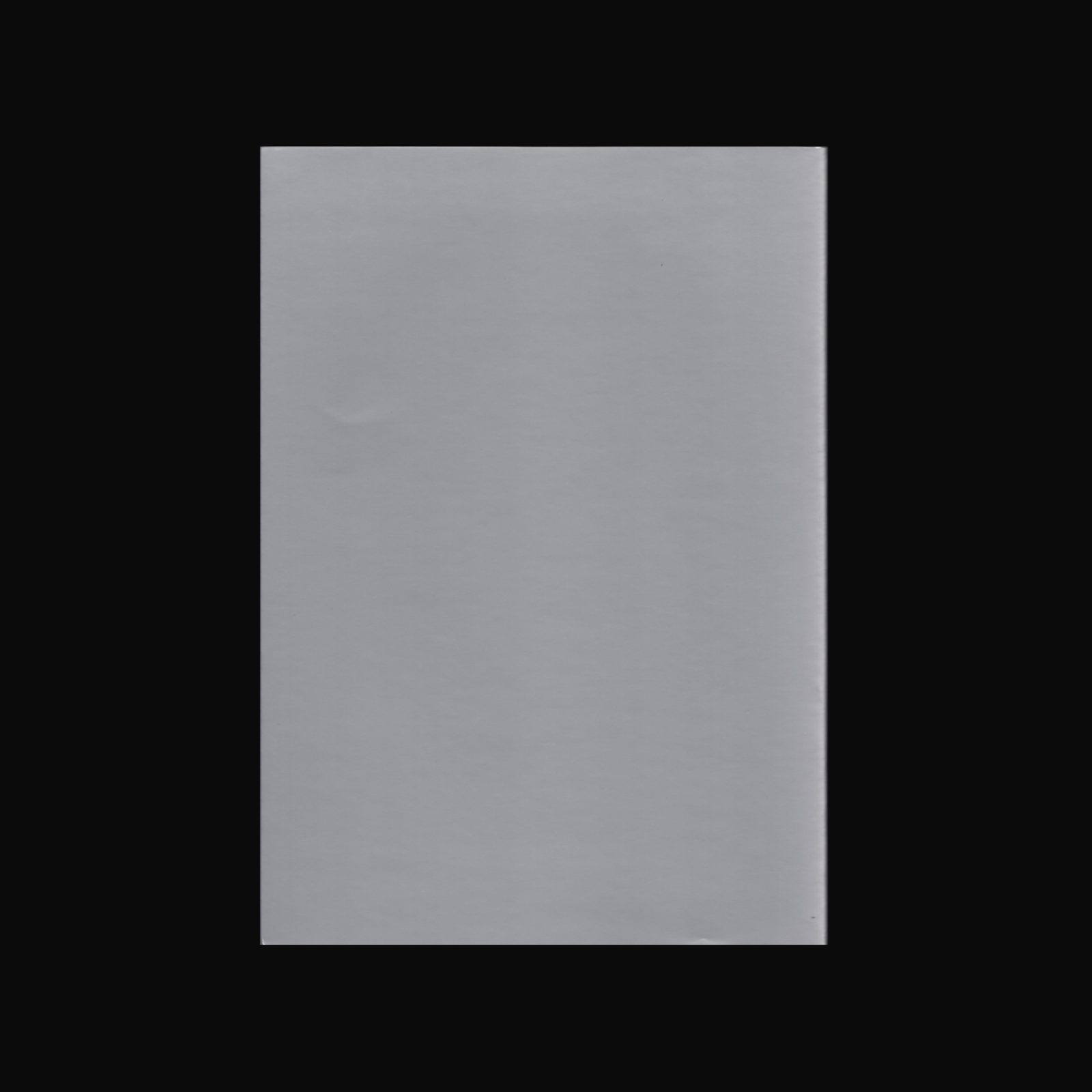
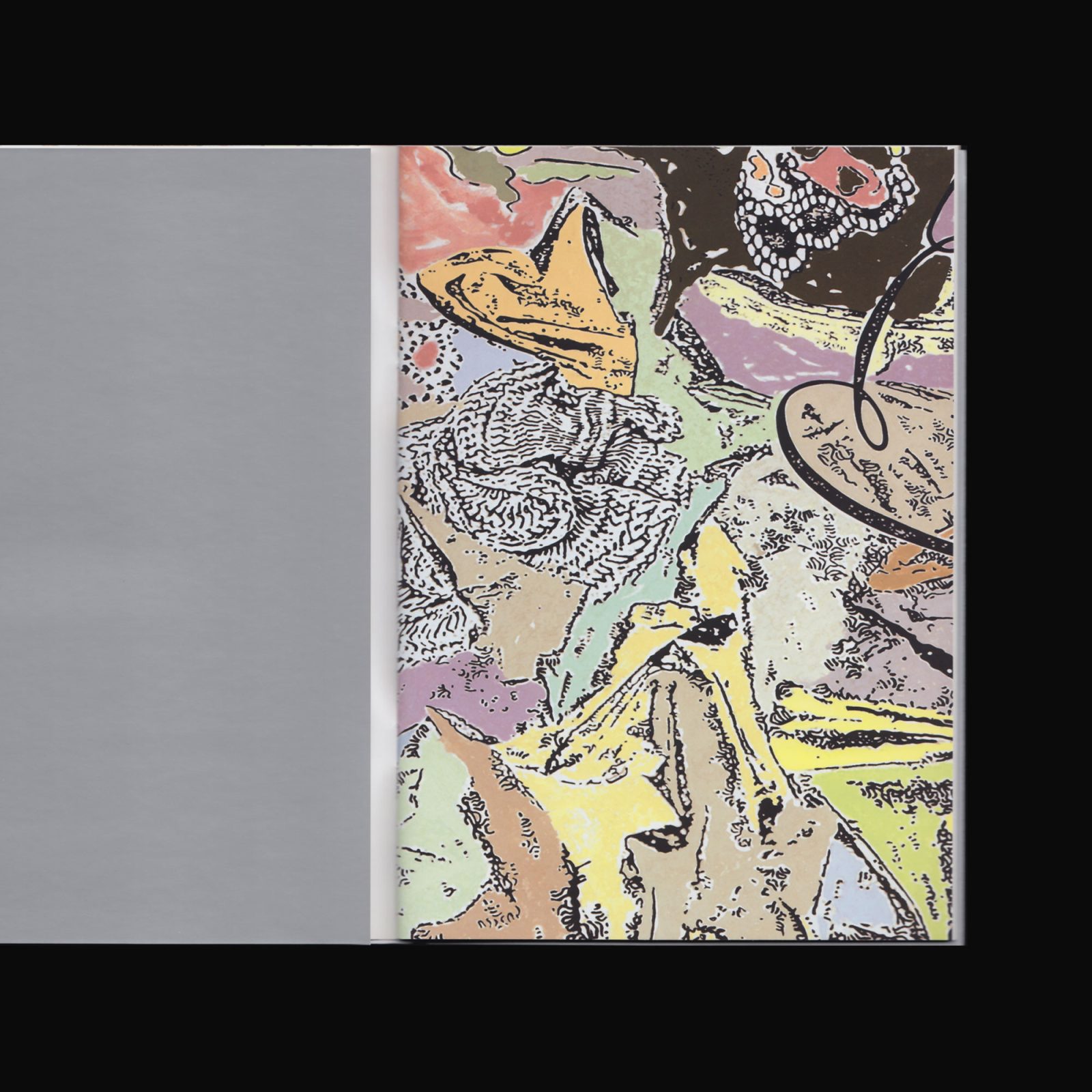
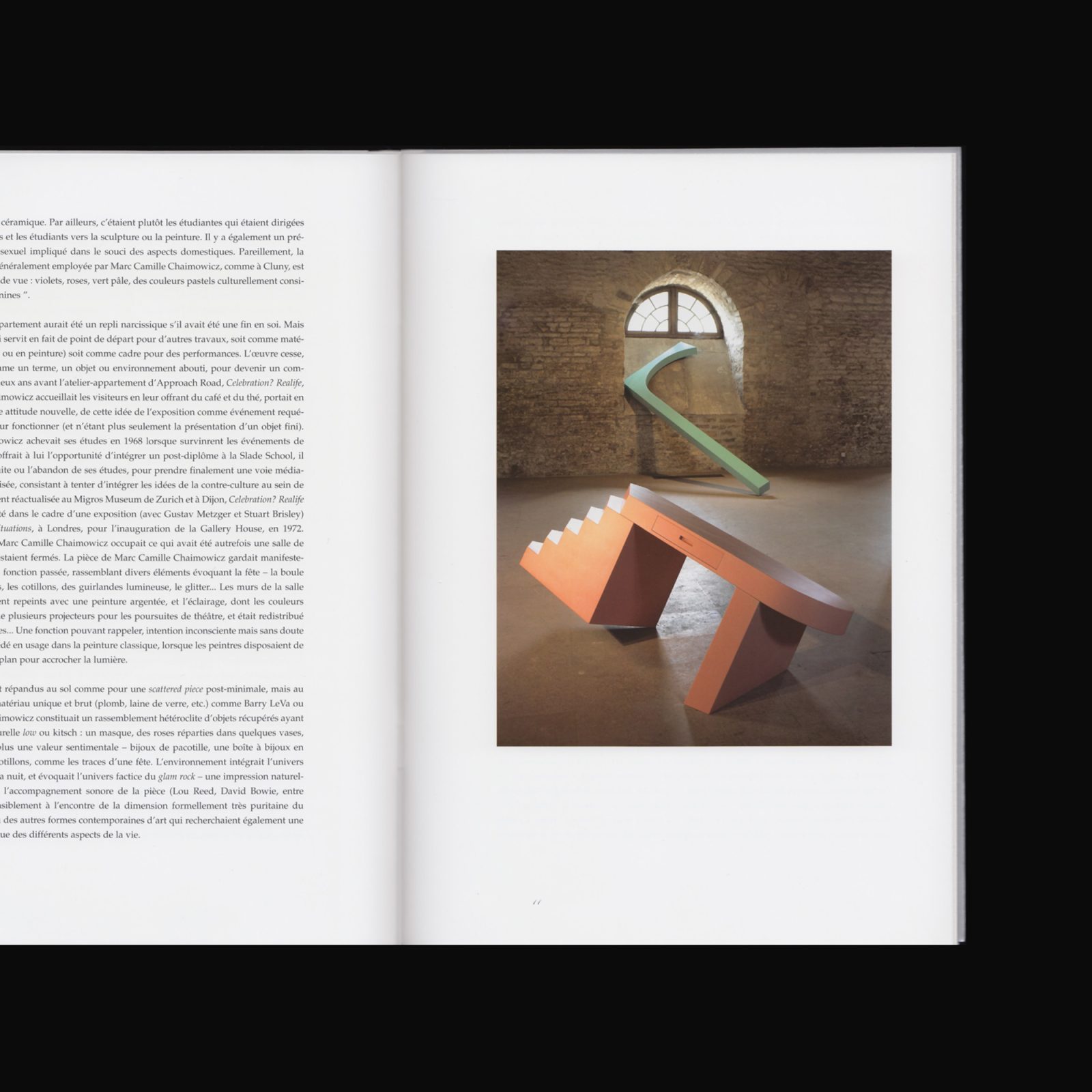
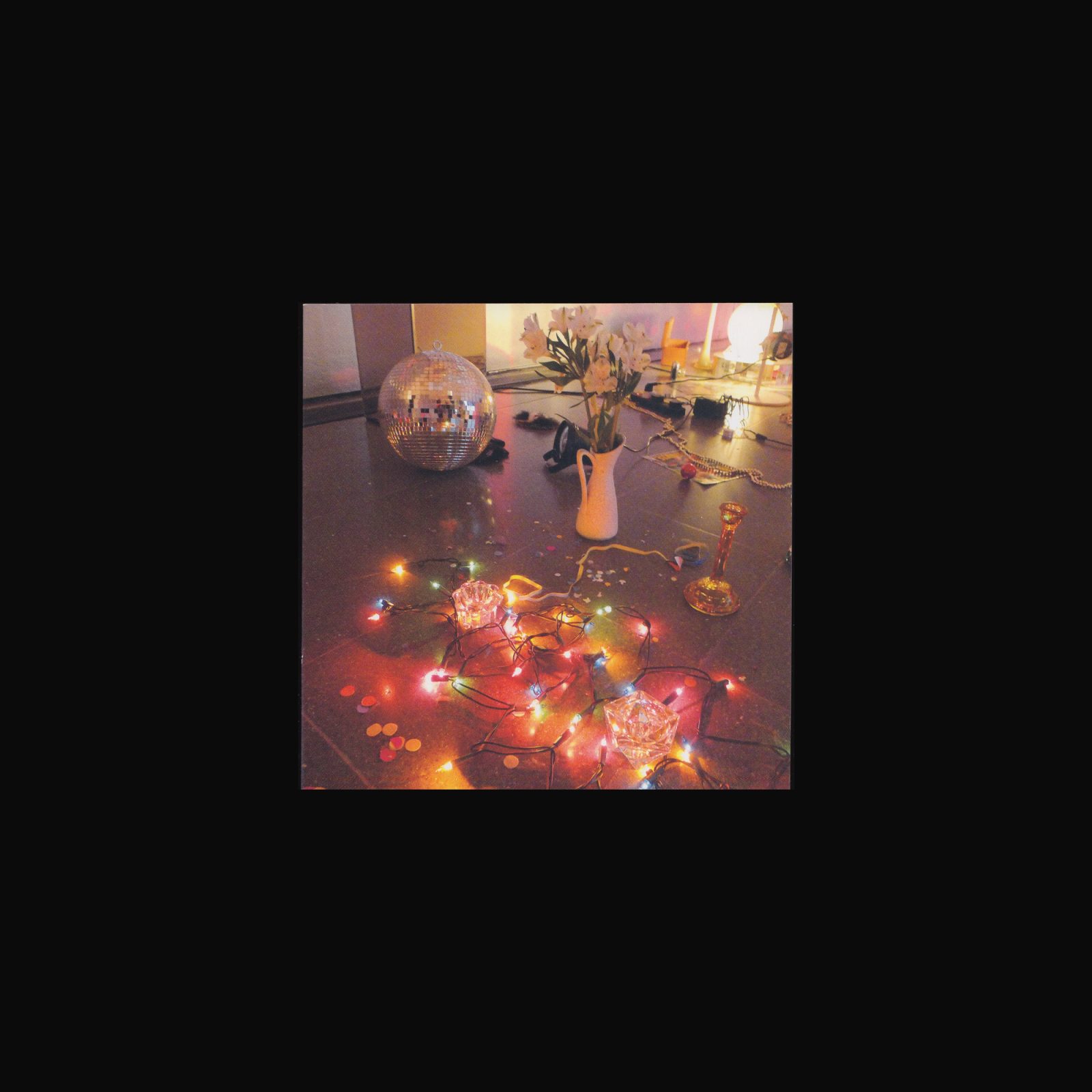
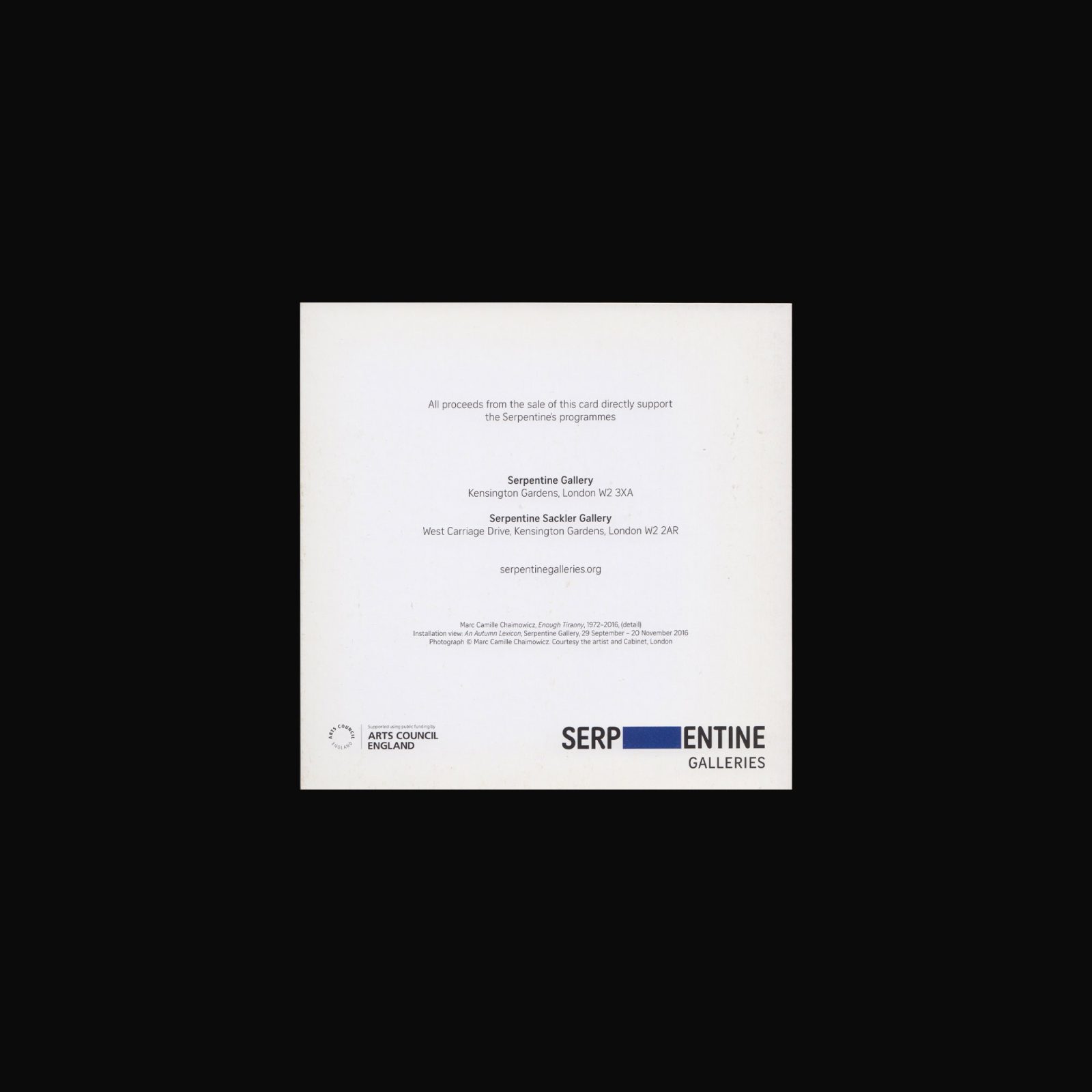
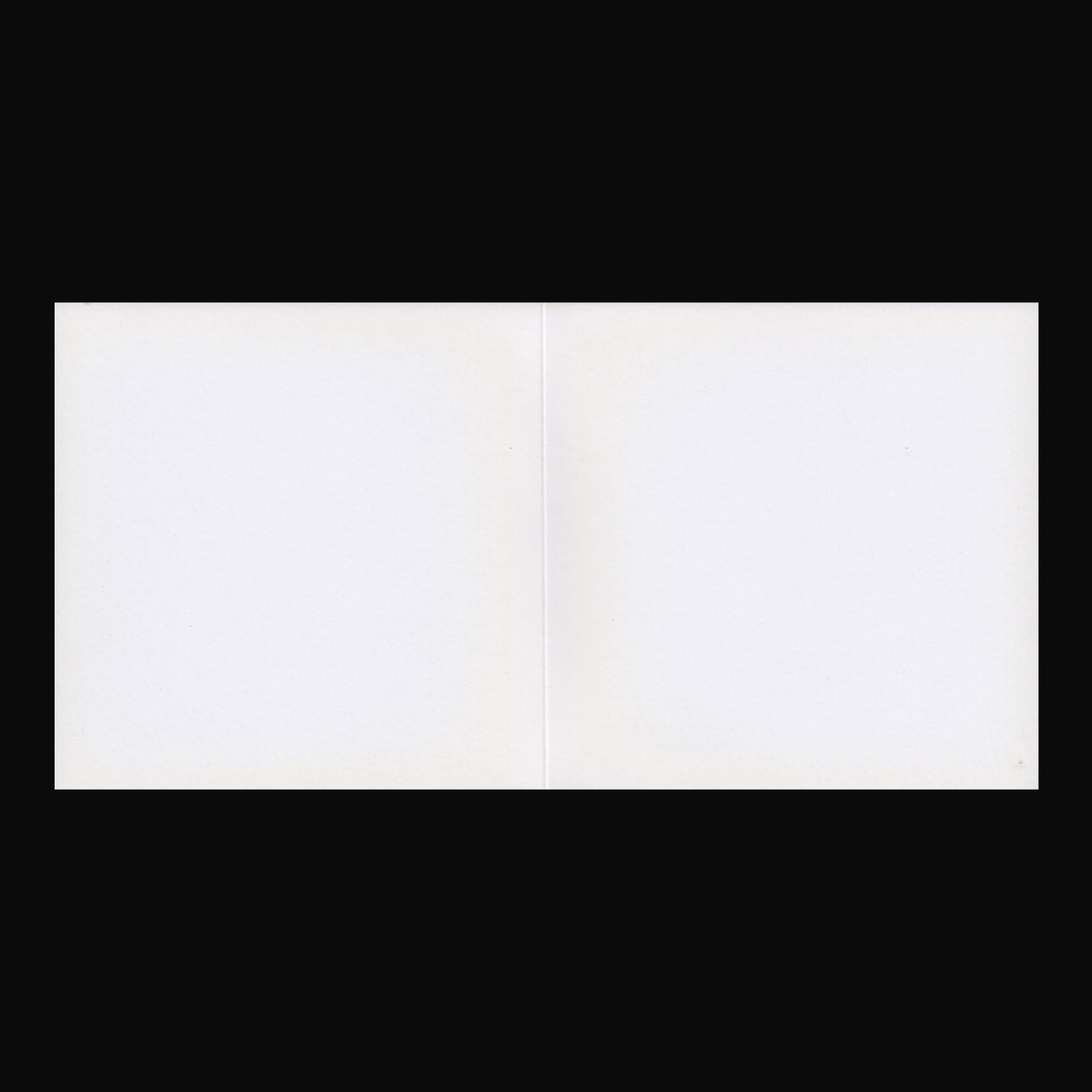
Produced on the occasion of the exhibition An Autumn Lexicon at the Serpentine Gallery London, 29 September–20 November, 2016.
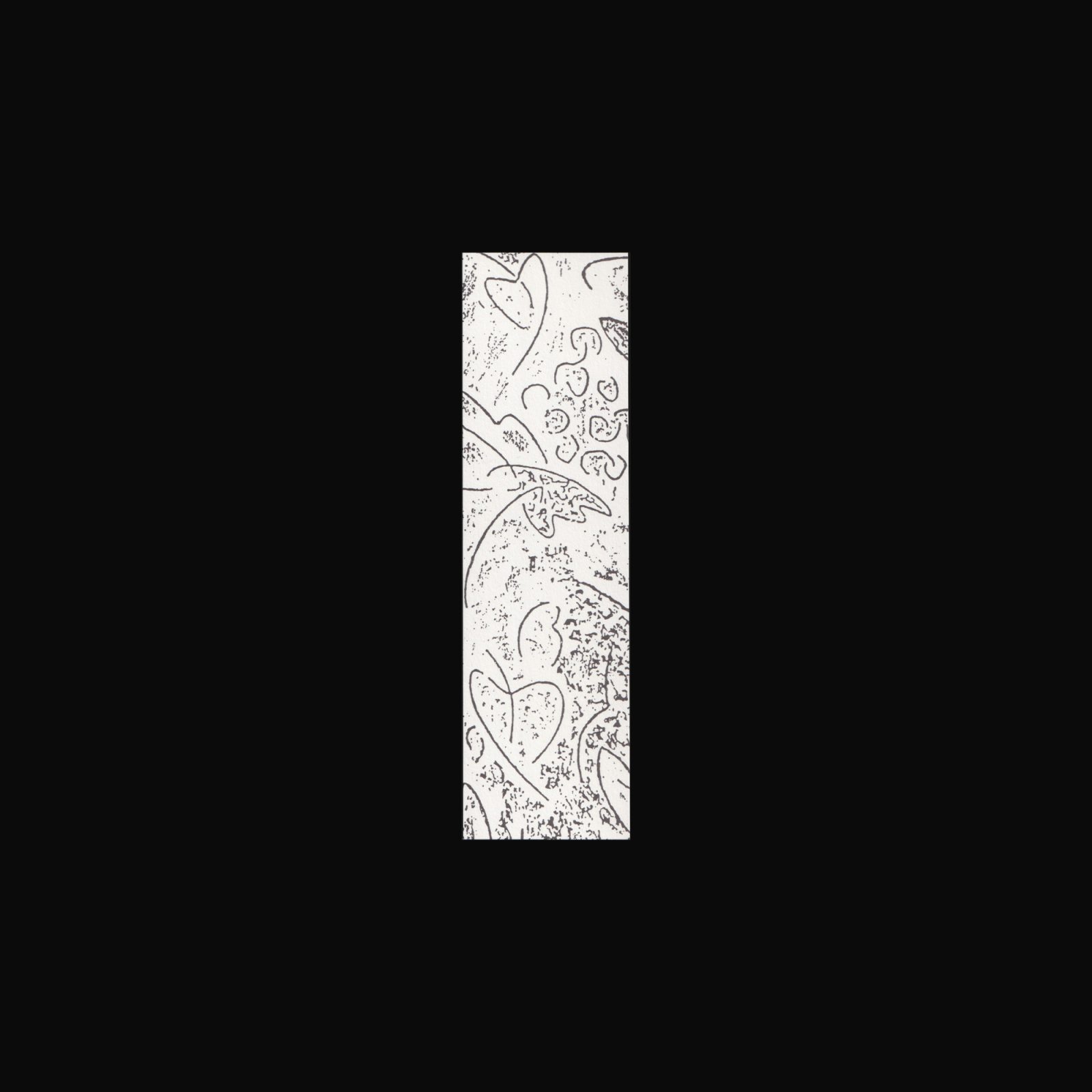
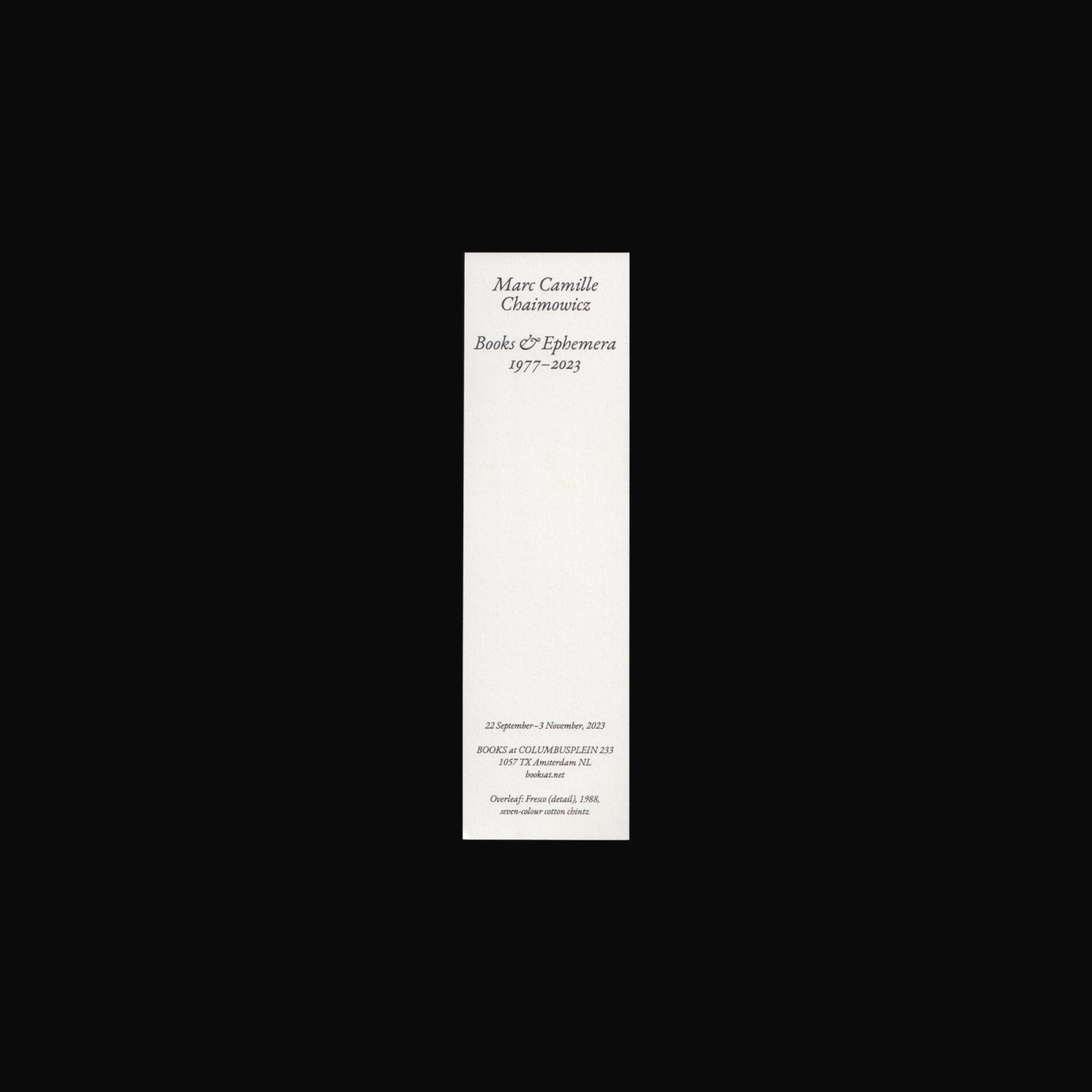
opening: Friday, 22 September, 18:00
Since the early 1970s, Marc Camille Chaimowicz has defied straightforward categorisation, creating large-scale installations that combine everything from found objects, painting, performance and sculpture to lighting and ceramics. Visually rich and precisely observed, the objects and images he designs, makes, and gathers from elsewhere propose connections, set up oppositions, and trace narratives in a dense play of puzzle, metaphor, and interpretative possibility. This approach extends seamlessly to the printed material associated with his practice, which range from books, invitation cards, posters, prints, clothing and wine labels.
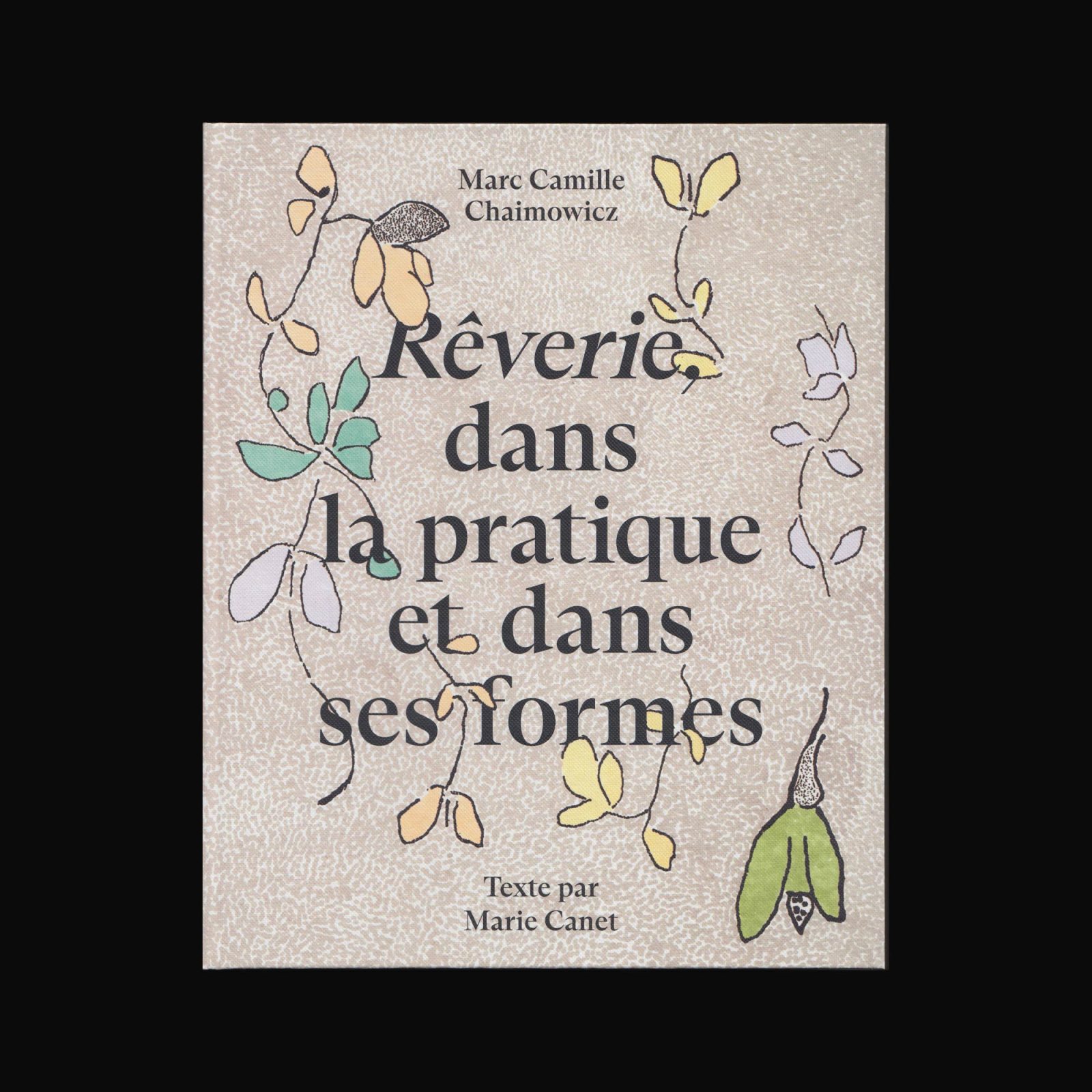
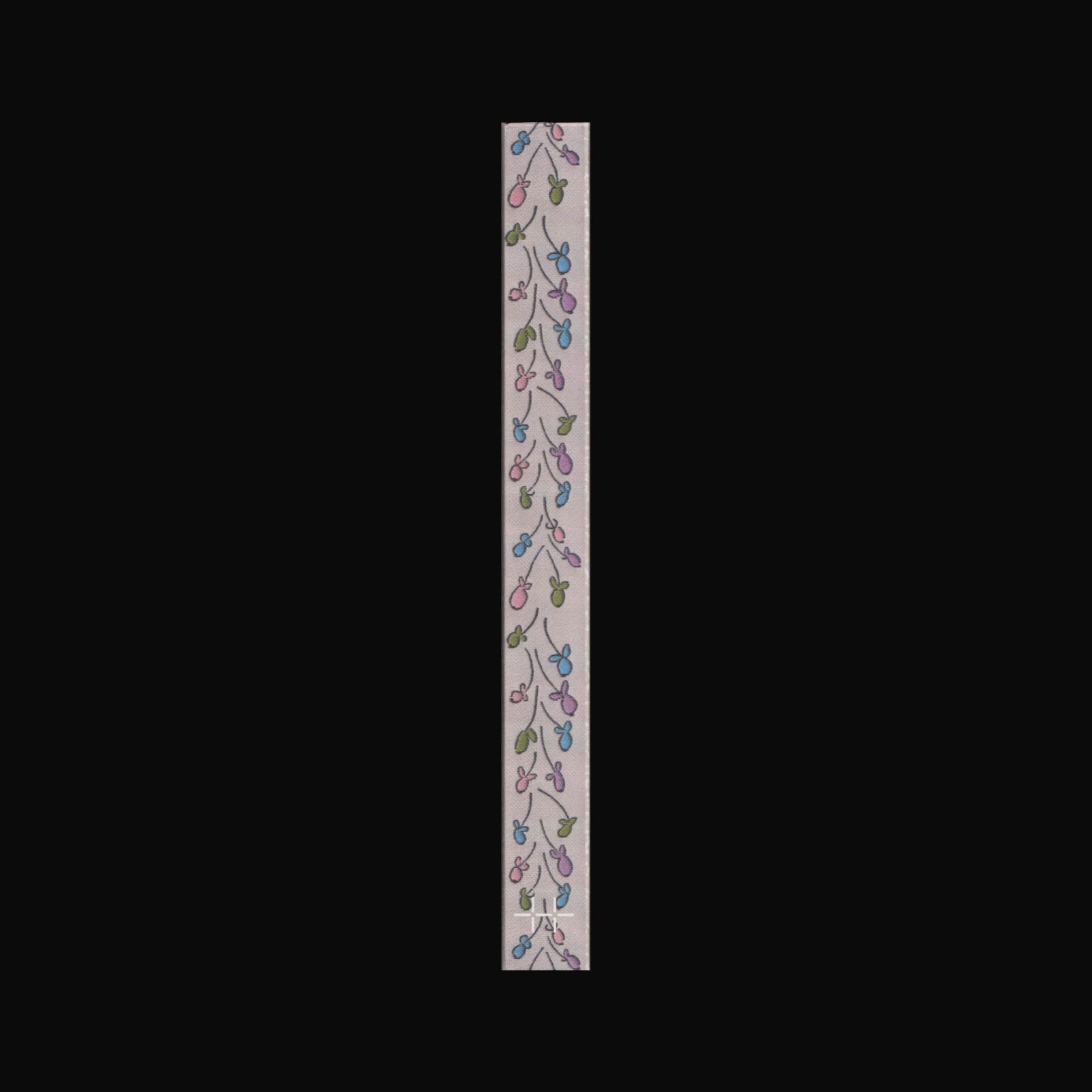
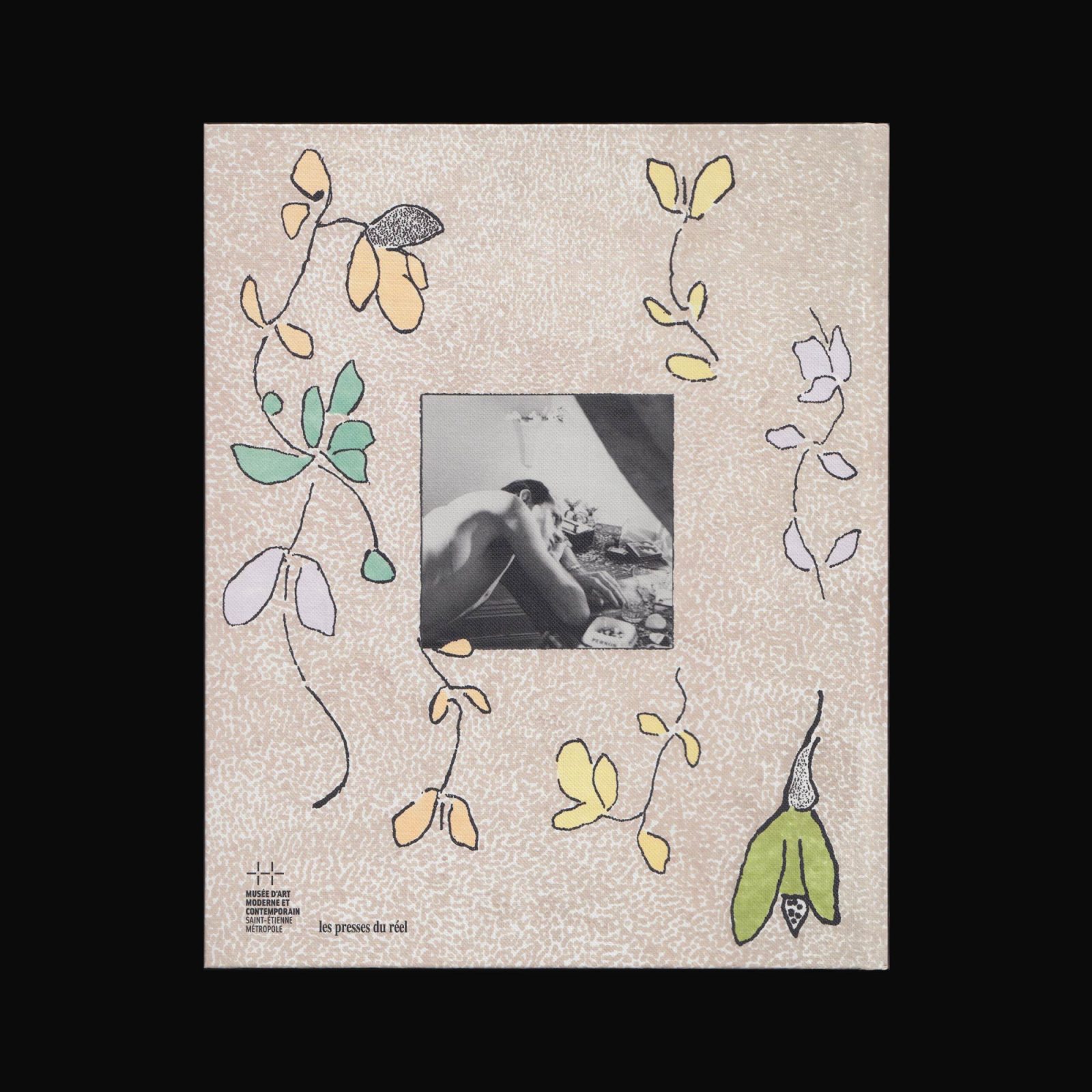
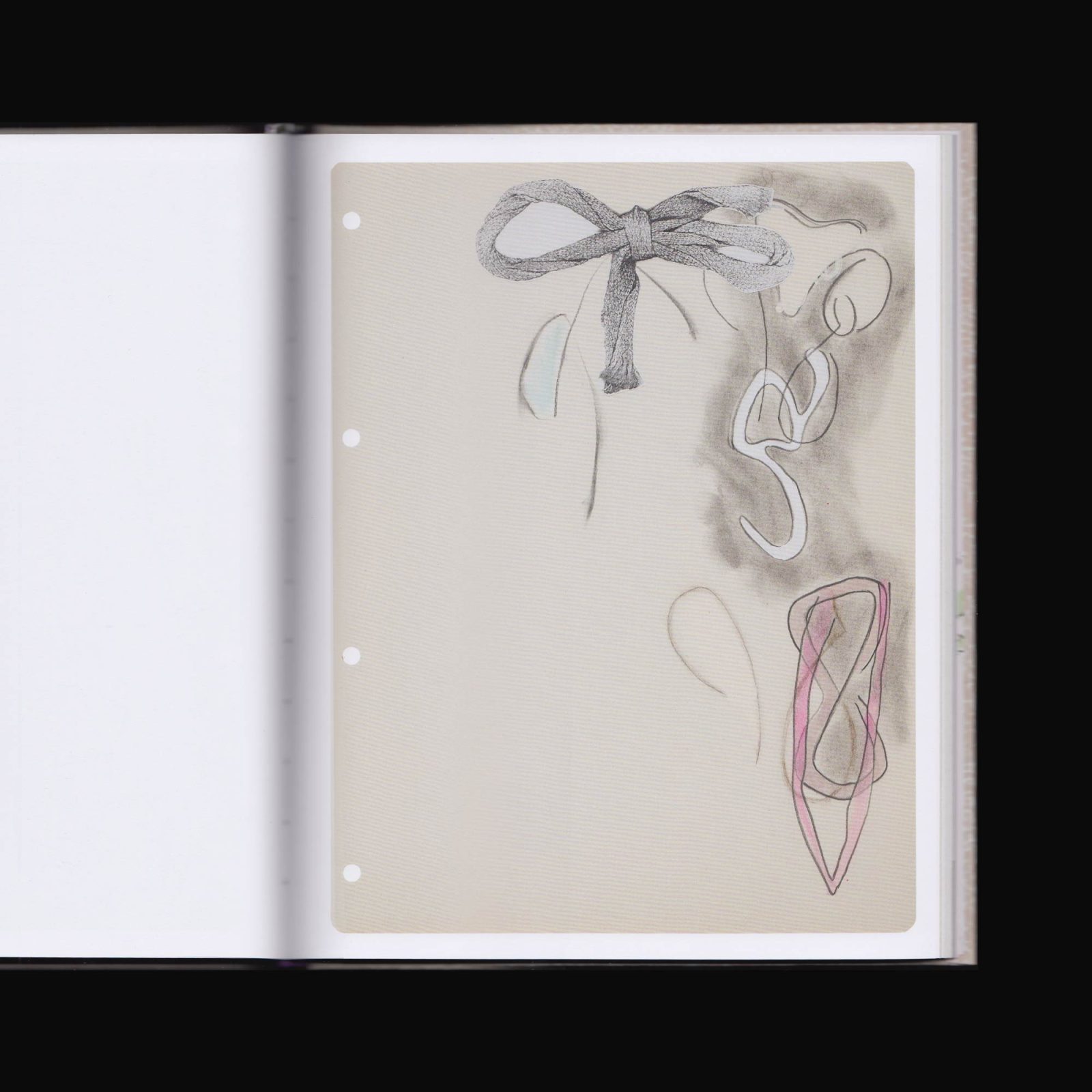
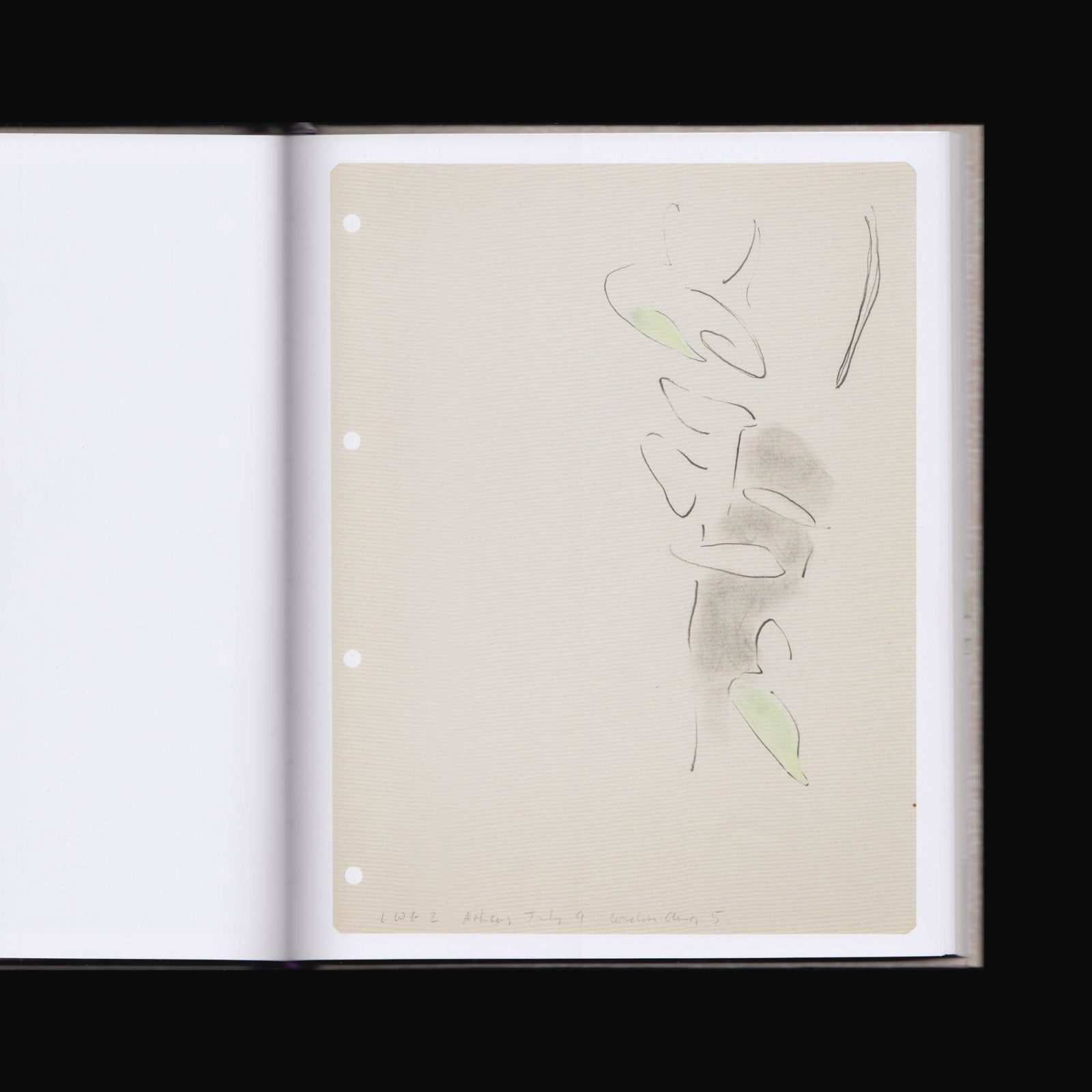
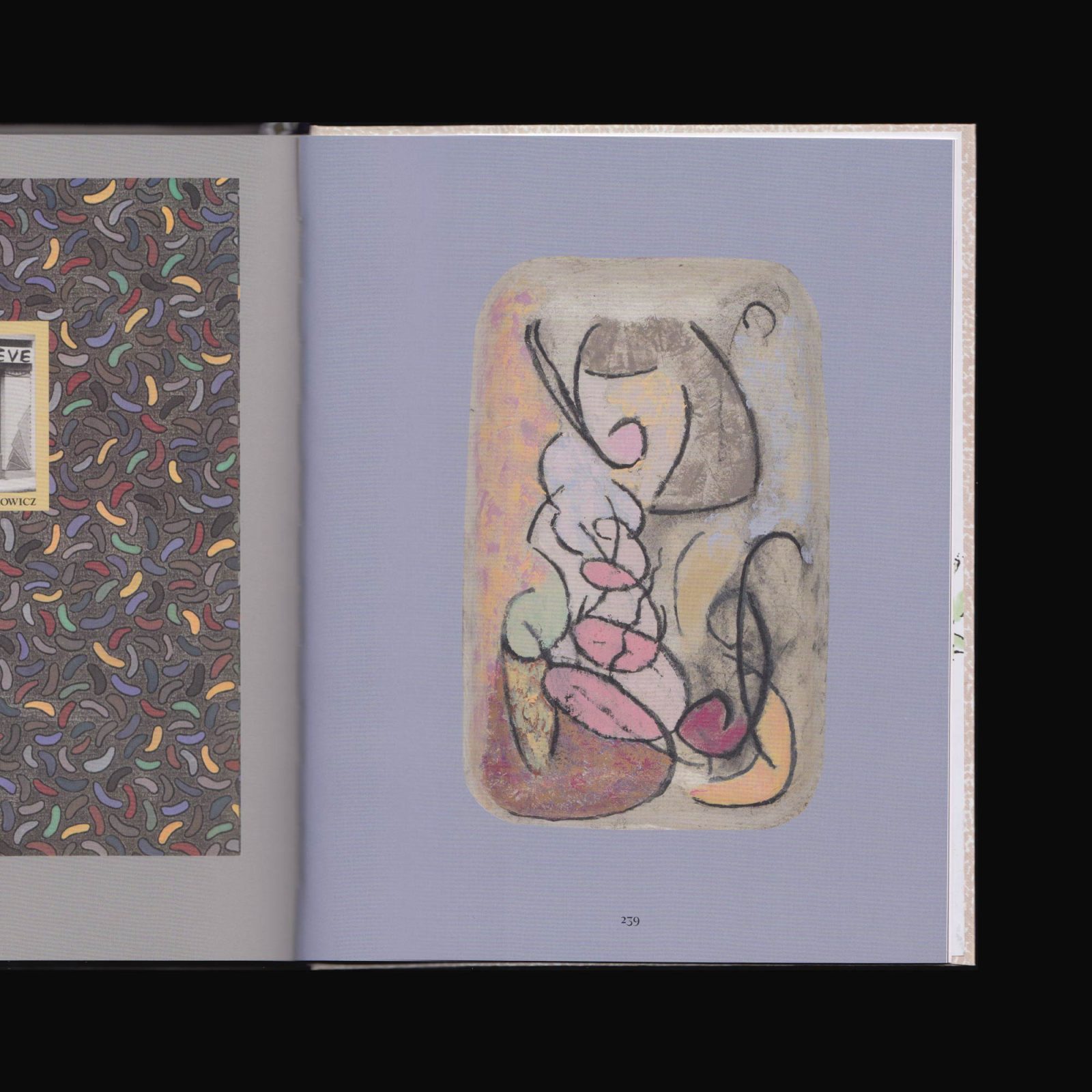
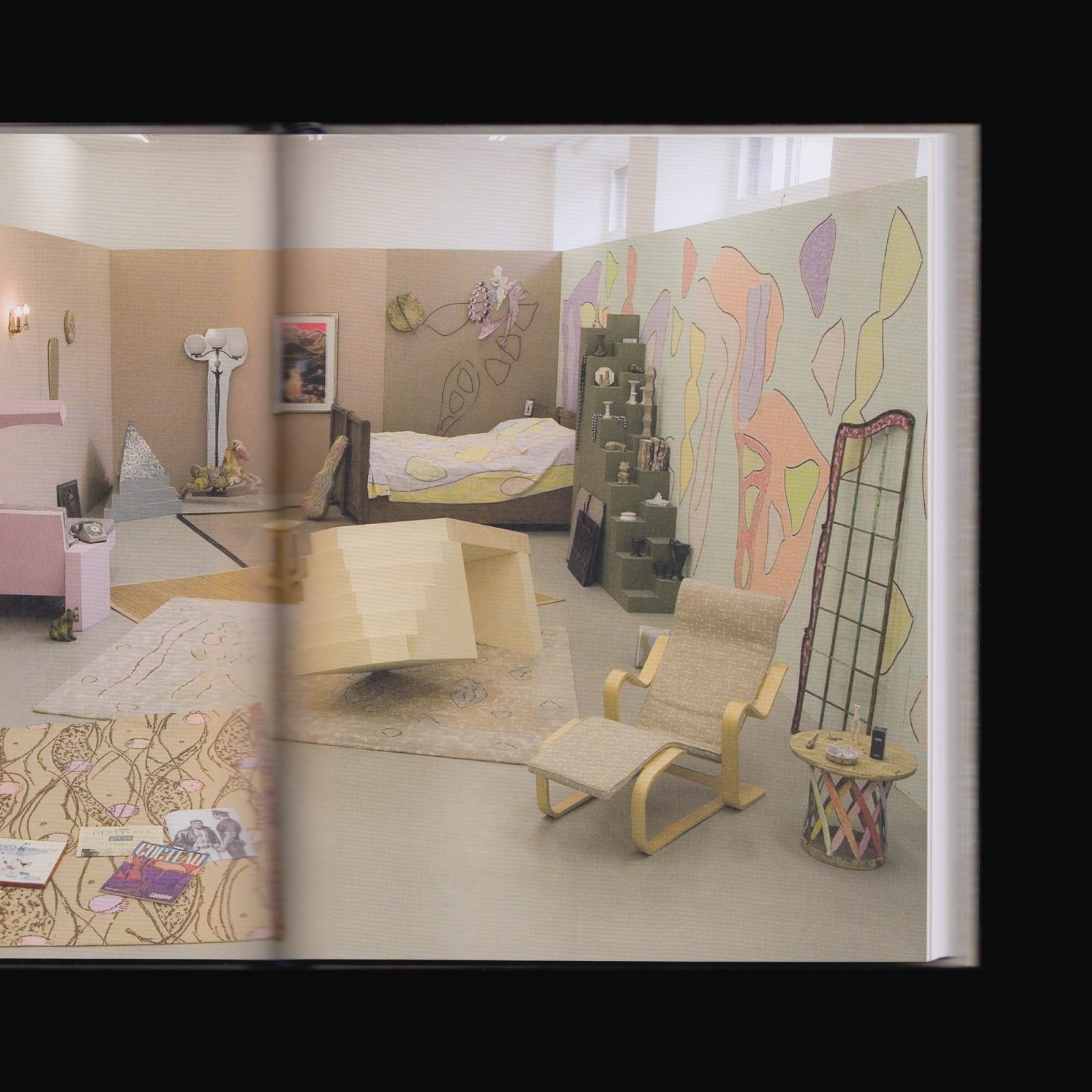
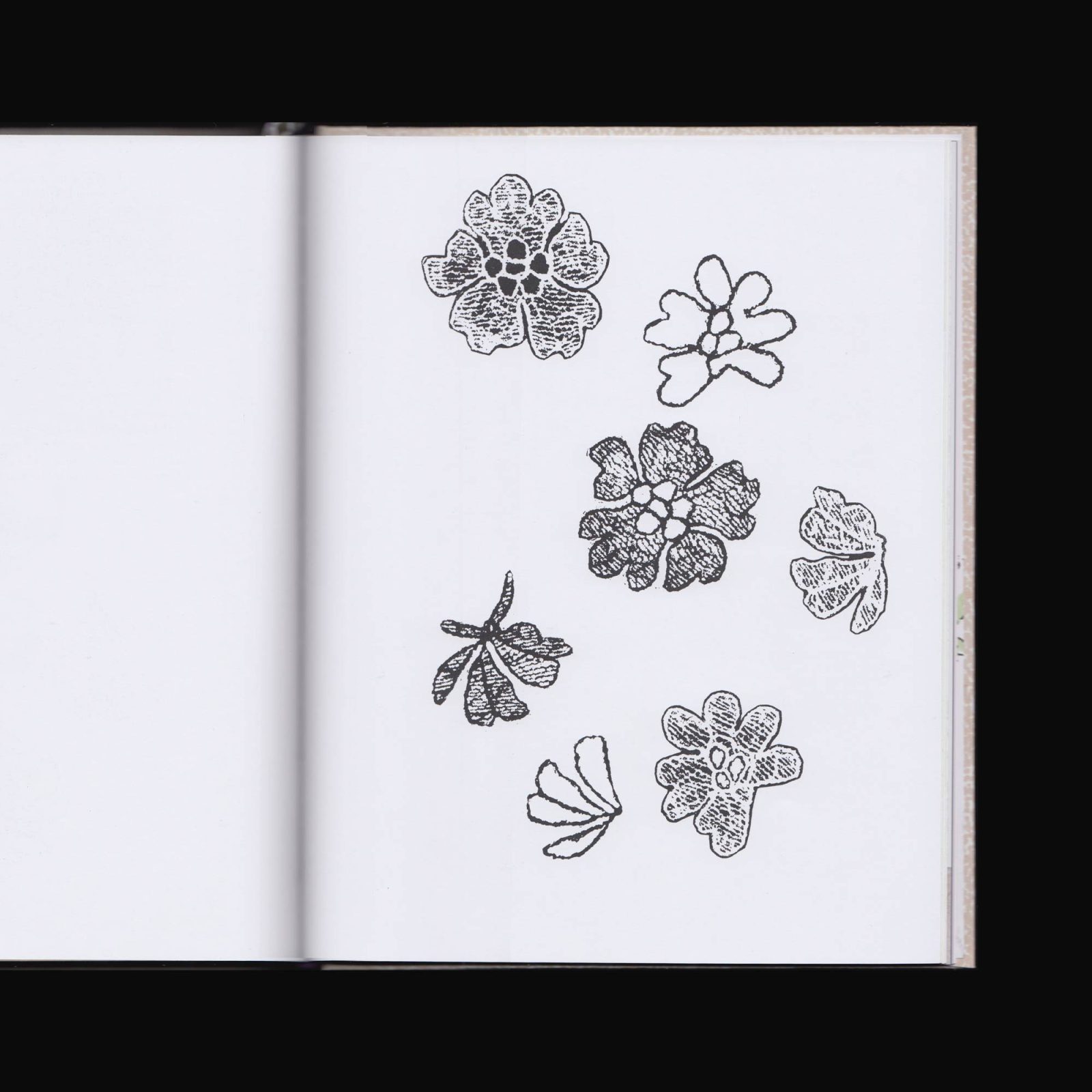
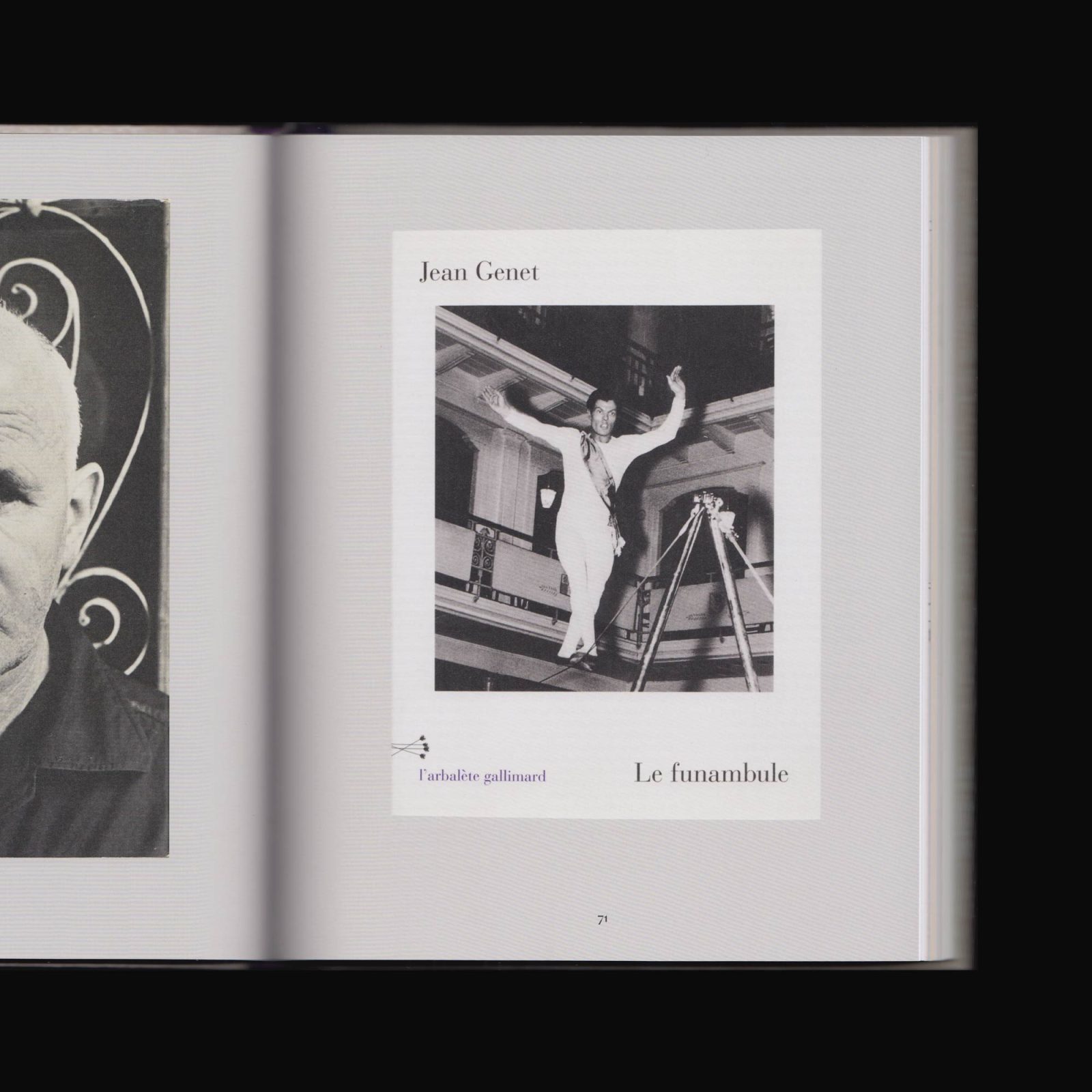
Produced on the occasion of the exhibition Marc Camille Chaimowicz: Zig Zag and Many Ribbons… at MAMC Saint-Etienne in 2022–2023, this reference monograph revisits the conceptual and sensorial developments pursued by the artist since the 1970s.
Includes a ribbon drawn by the artist as an inserted bookmark. Edited by Marc Camille Chaimowicz and Anna Clifford. Text by Marie Canet. Designed by Zak Kyes.
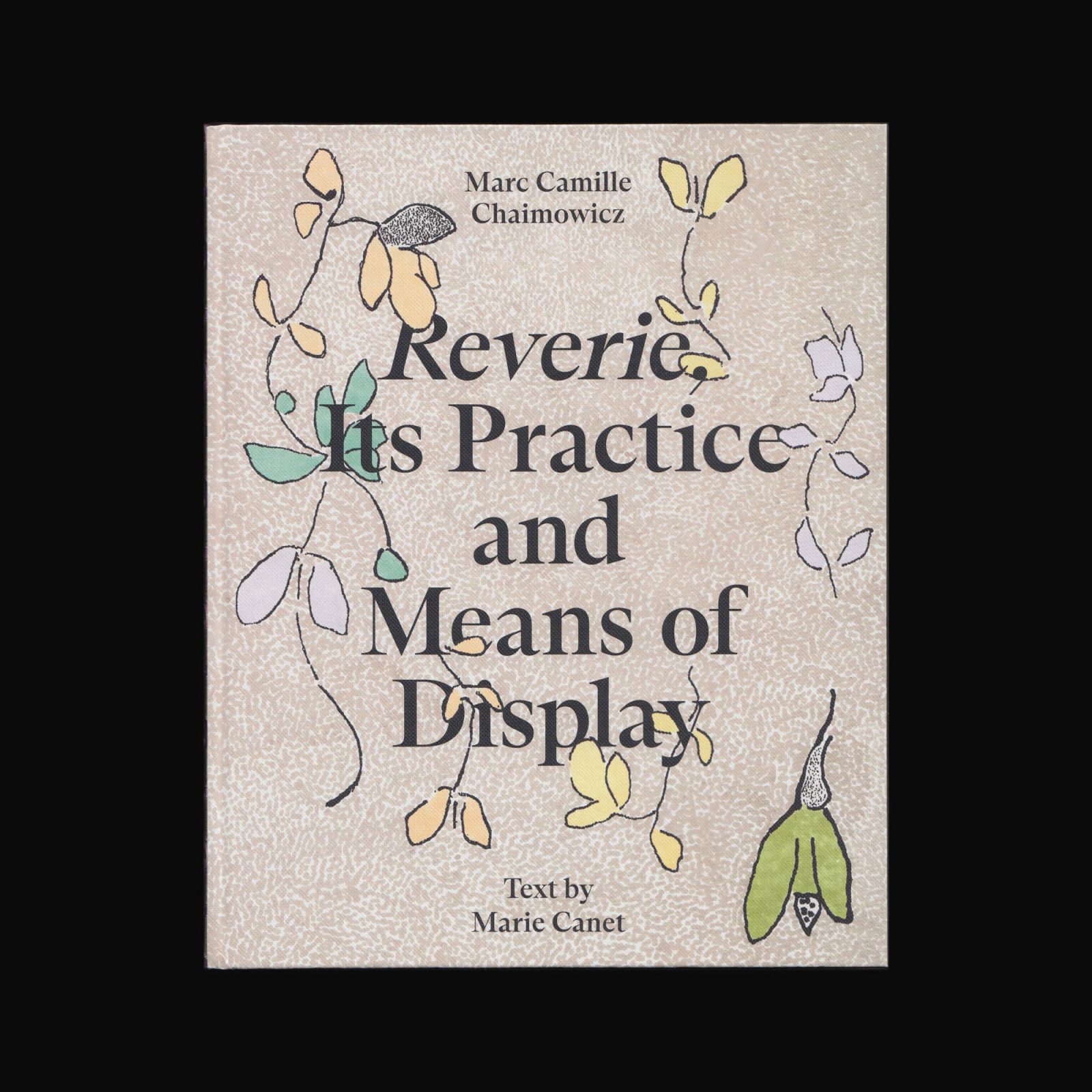
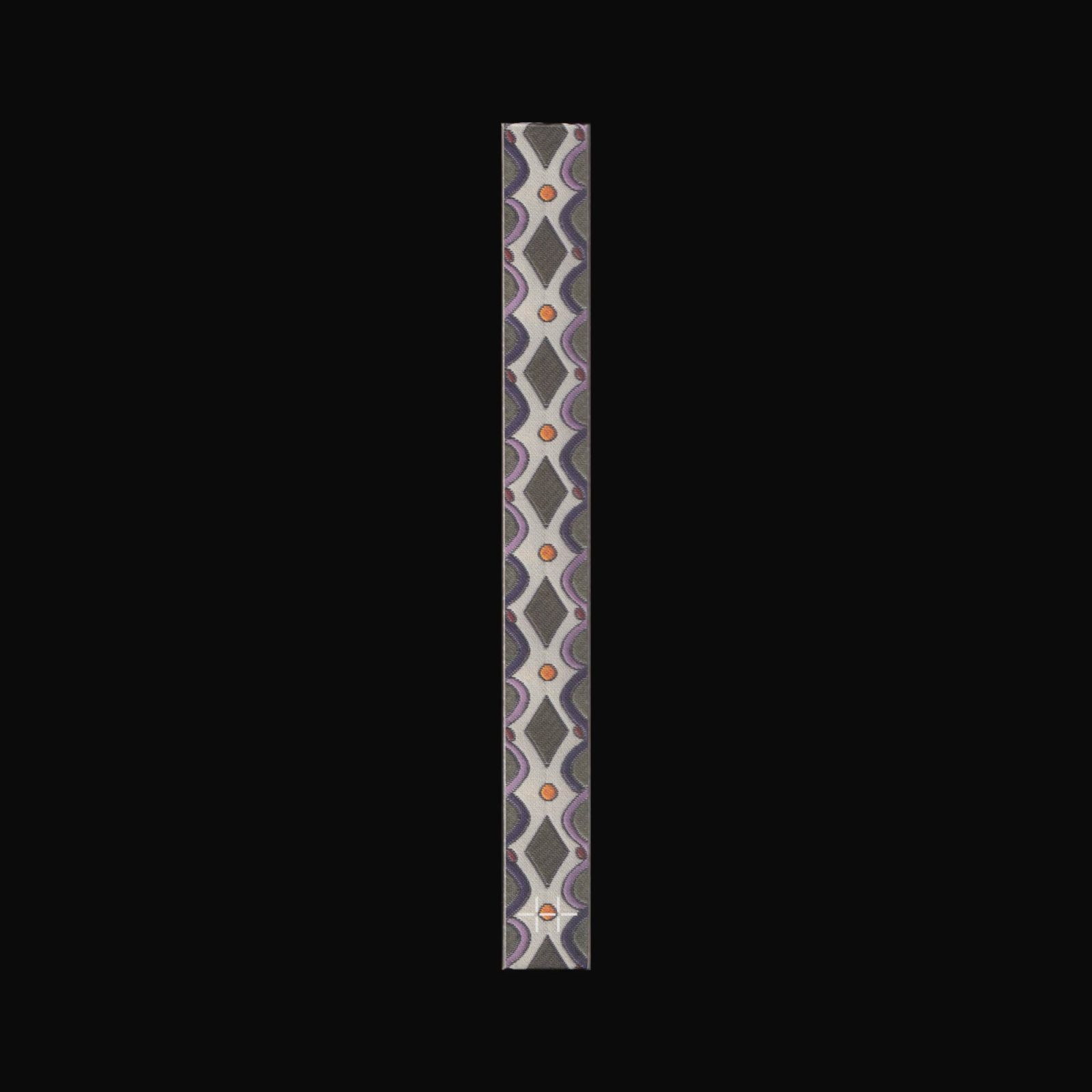
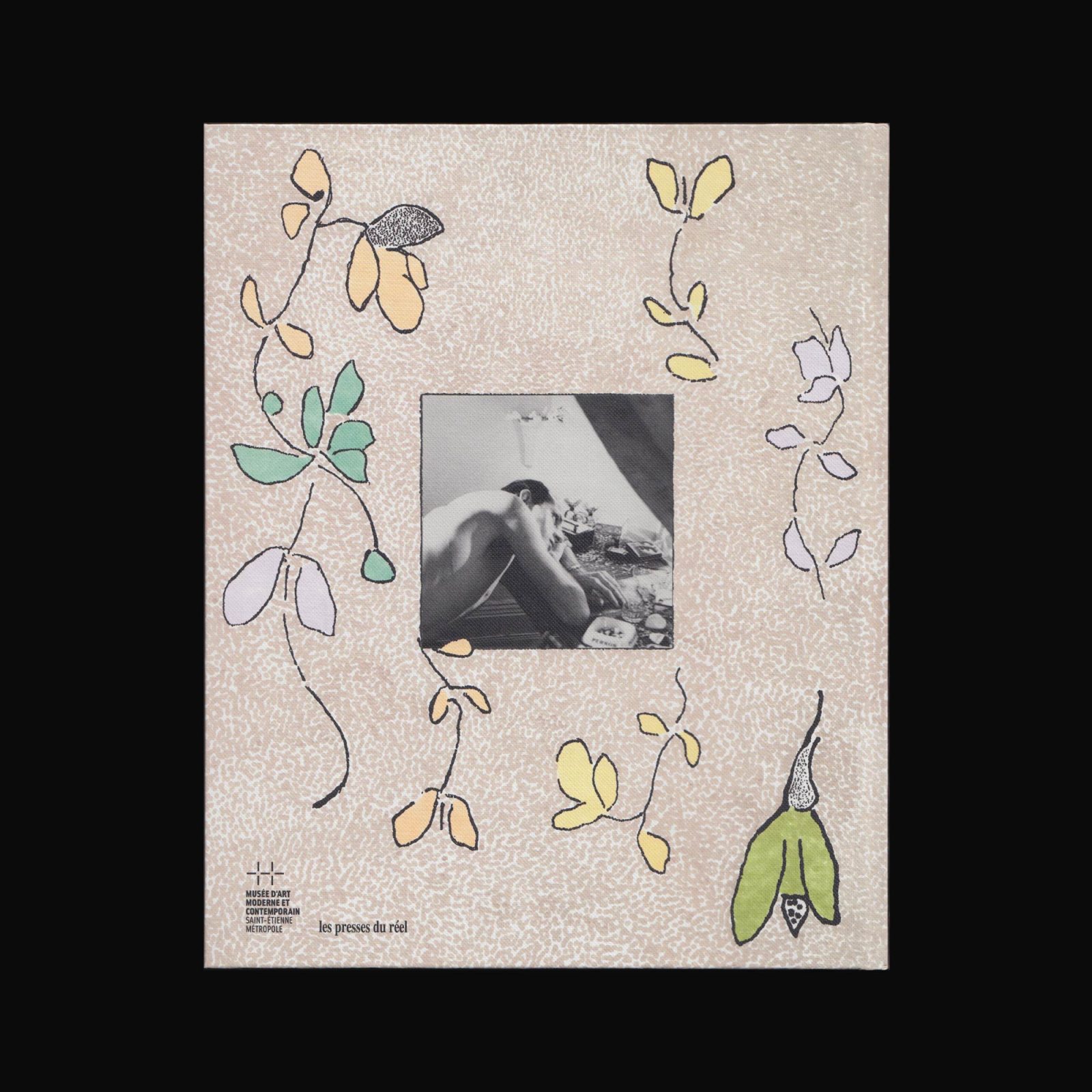






Produced on the occasion of the exhibition Marc Camille Chaimowicz: Zig Zag and Many Ribbons… at MAMC Saint-Etienne in 2022–2023, this reference monograph revisits the conceptual and sensorial developments pursued by the artist since the 1970s.
Includes a ribbon drawn by the artist as an inserted bookmark. Edited by Marc Camille Chaimowicz and Anna Clifford. Text by Marie Canet. Designed by Zak Kyes.
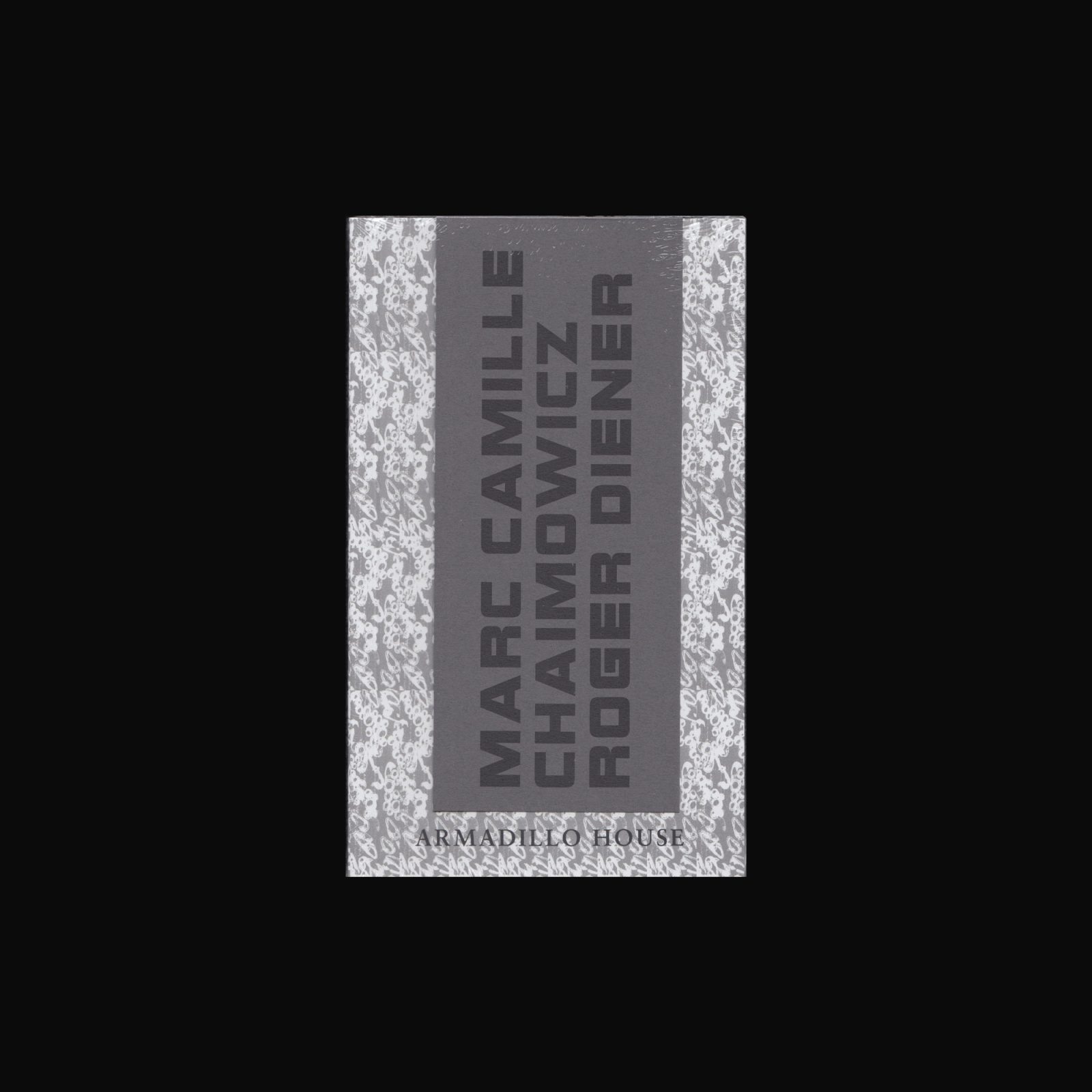
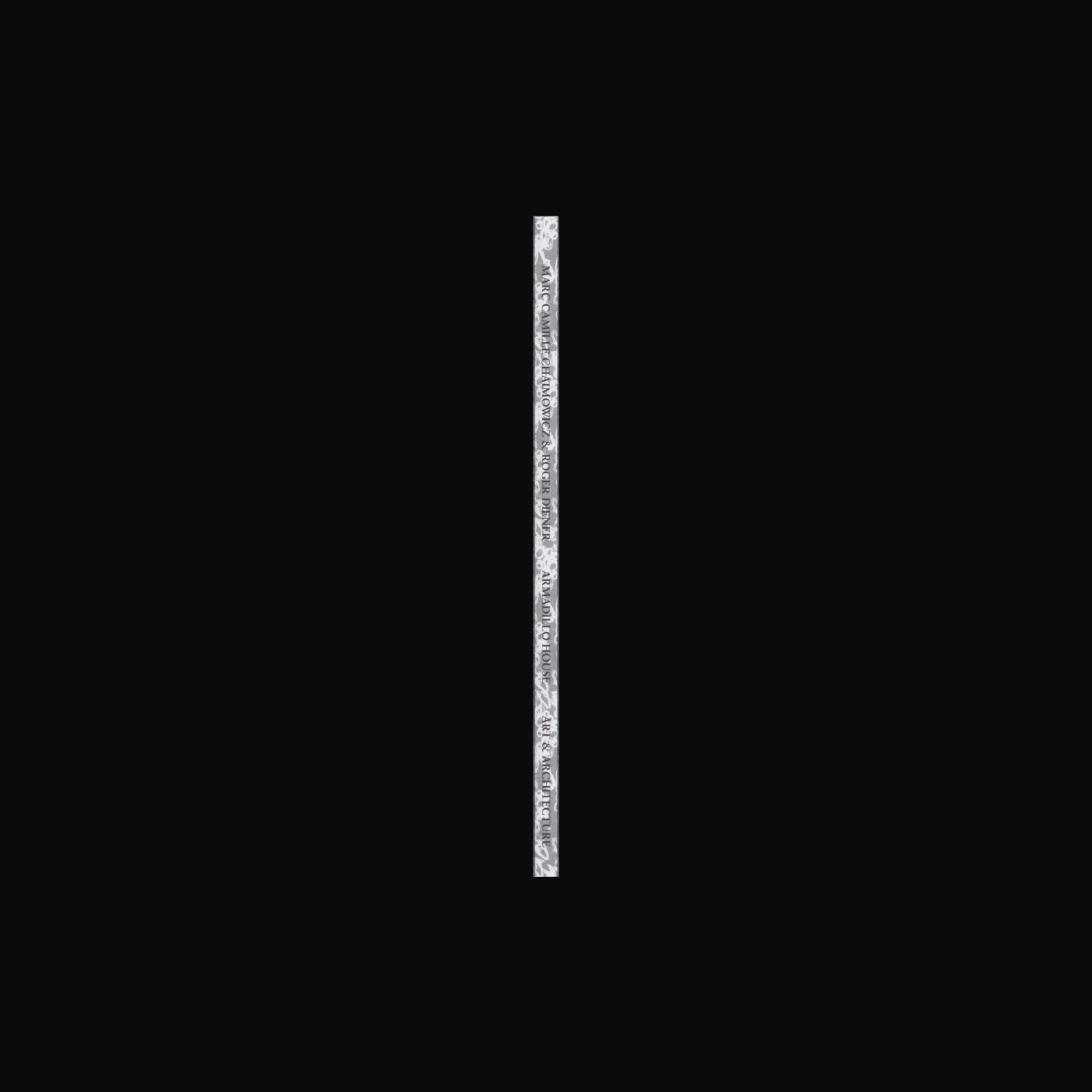
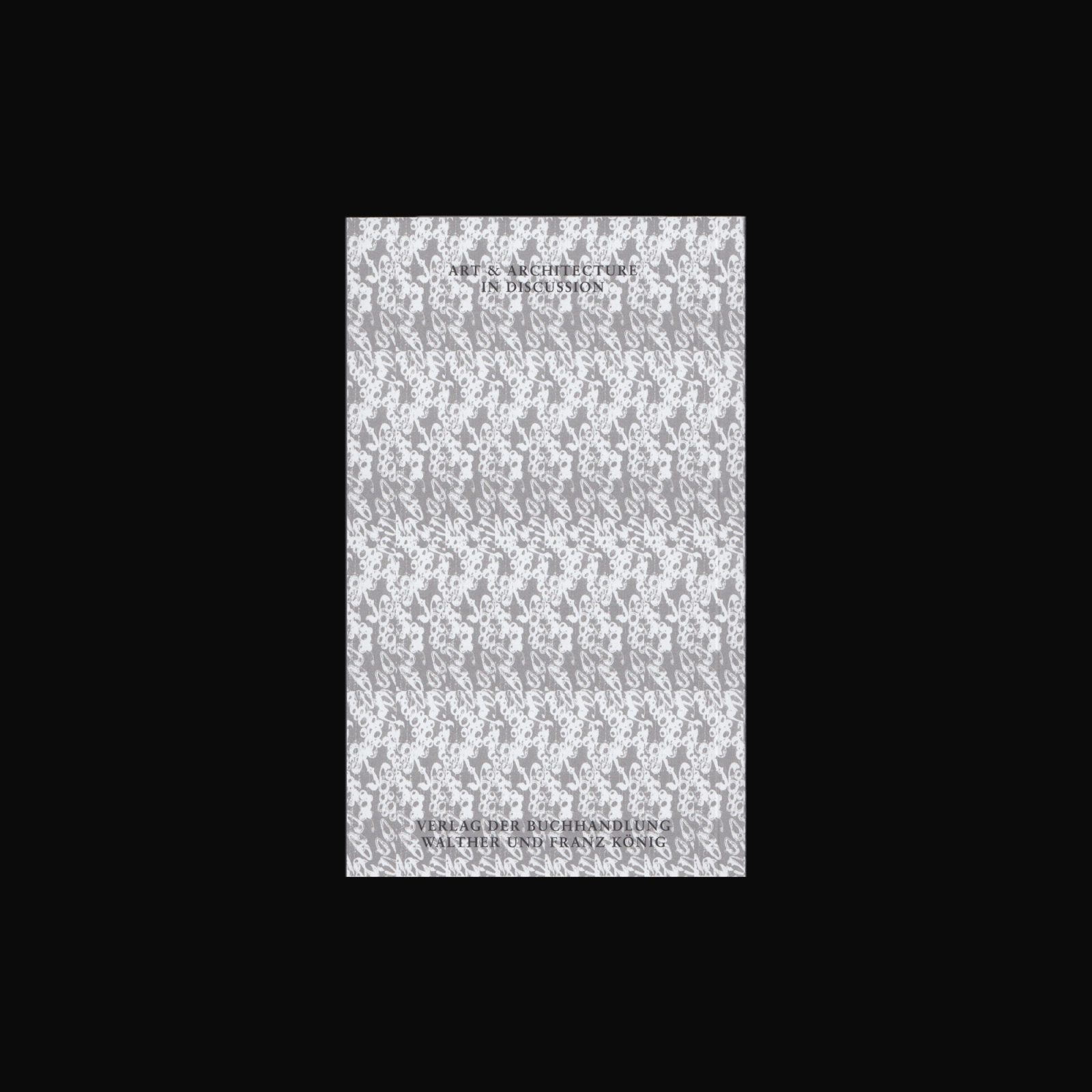
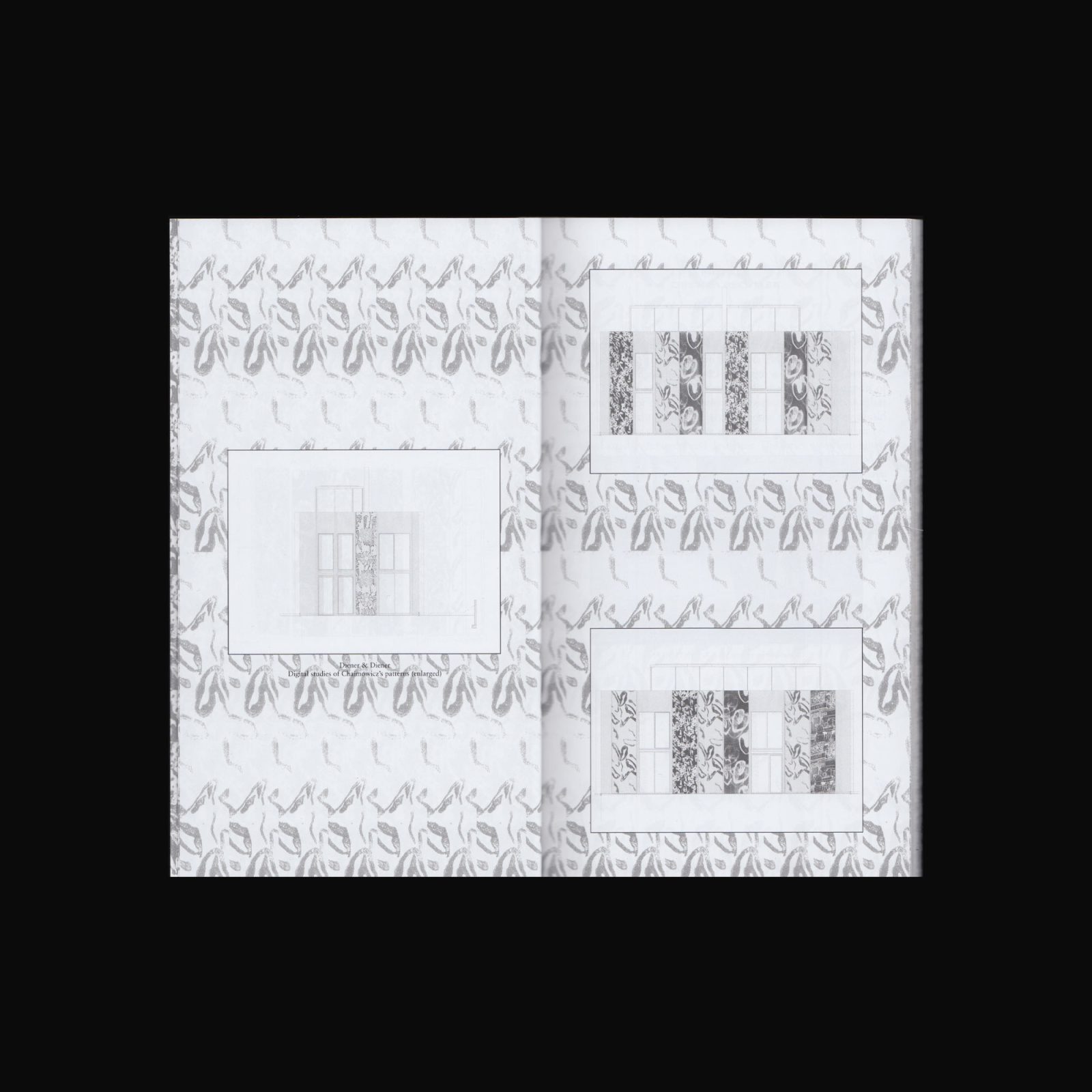
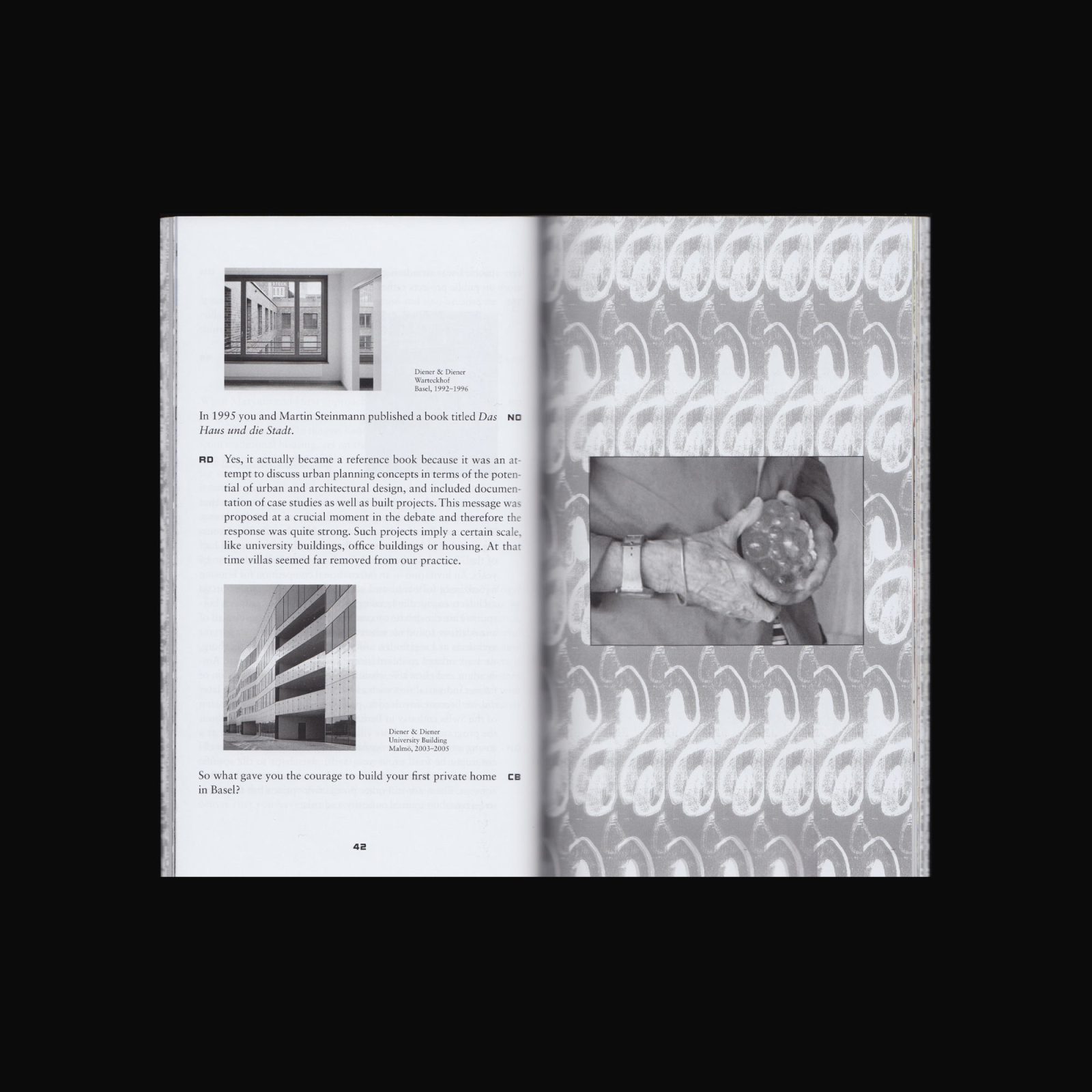
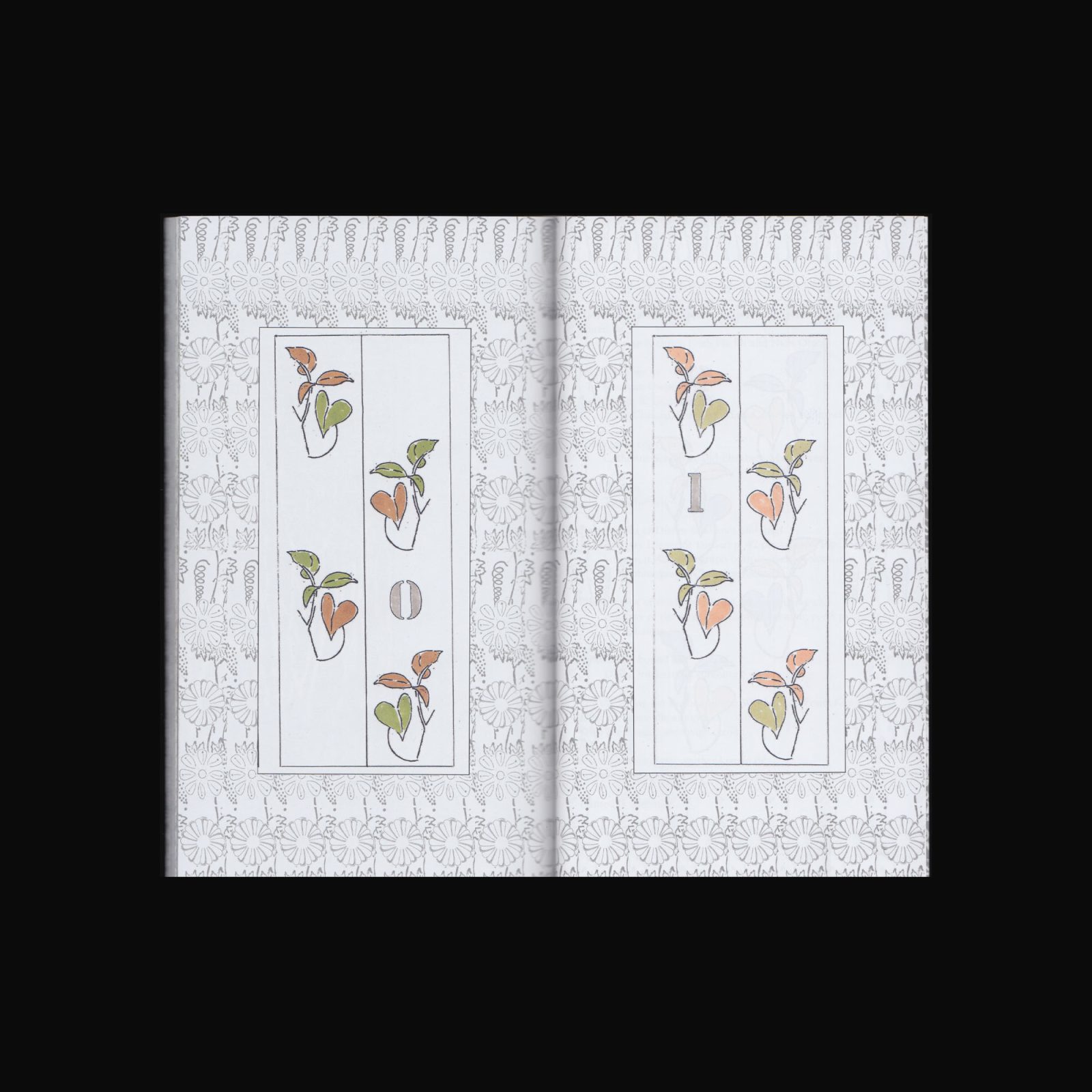
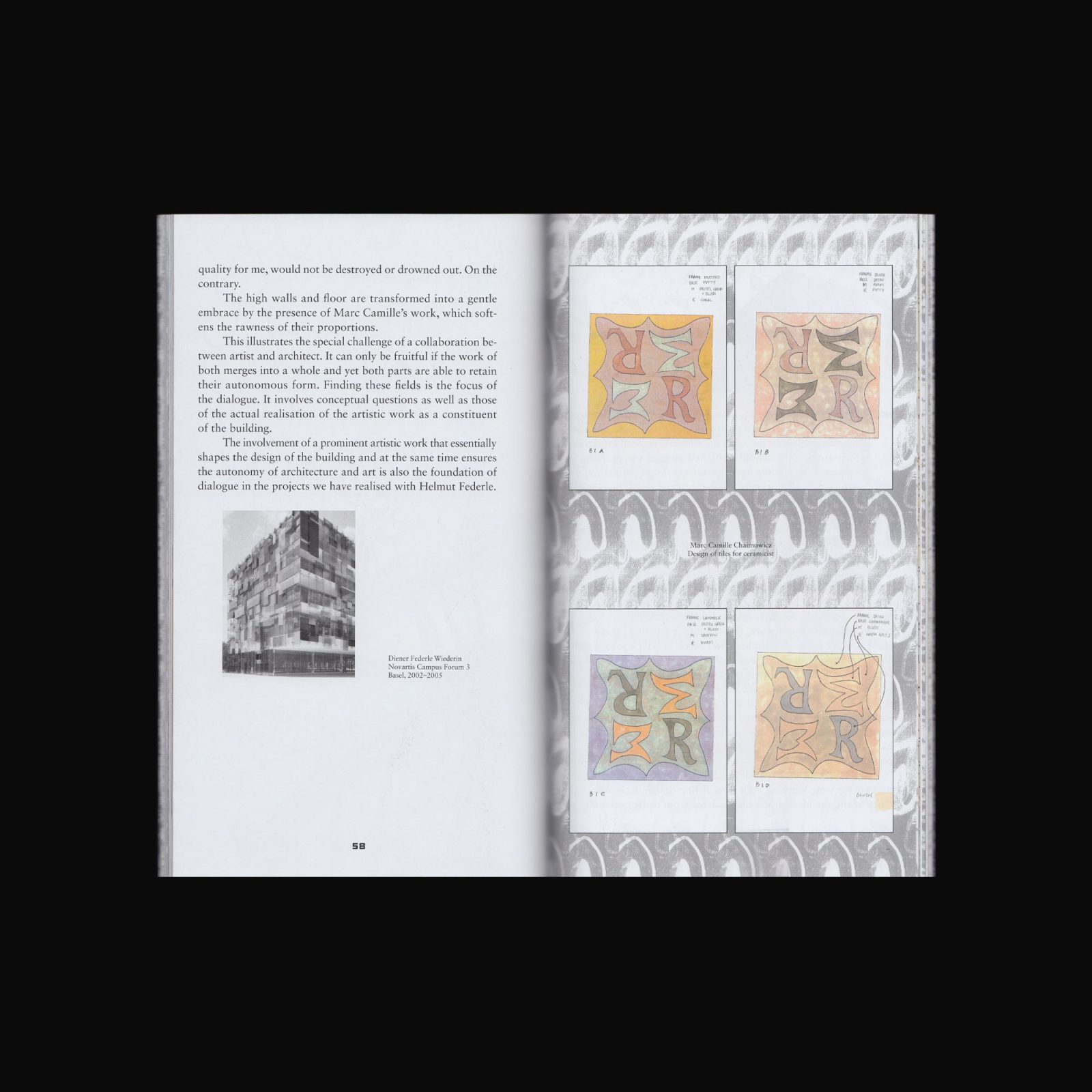
A conversation between the artist Marc Camille Chaimowicz and the architect Roger Diener about their collaboration, The Armadillo House in Basel. Chaimowicz claims the interior as a pictorial space while also referencing the history of architecture, art and design. His agenda has been described as the celebration of domestic detritus and his spatial installations appear as painterly tableaus. From the 1970s onwards he advanced a critique of rigid, austere minimalism. For Diener, on the other hand, pictorial space is not a factor. Instead, he puts forward a modernist notion of non-expression, with architecture functioning as its raw material. In his architecture, it is not the insertion of culturally codified images but rather spatial configurations that shape the movement and circulation of inhabitants.